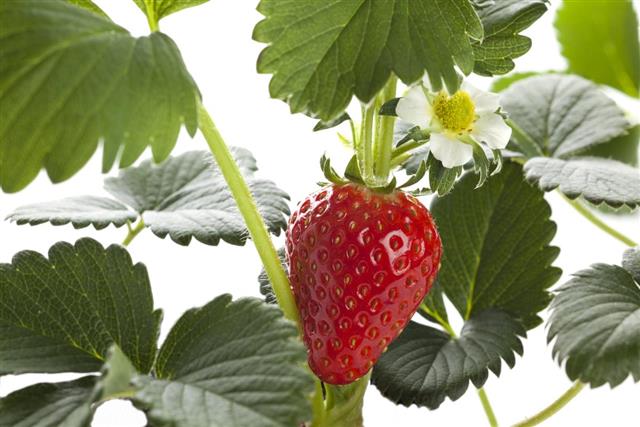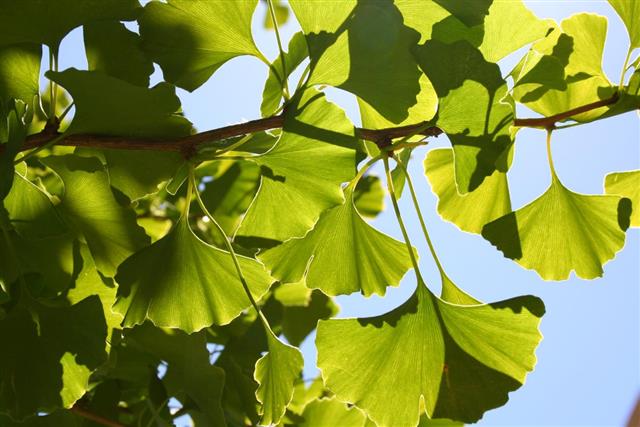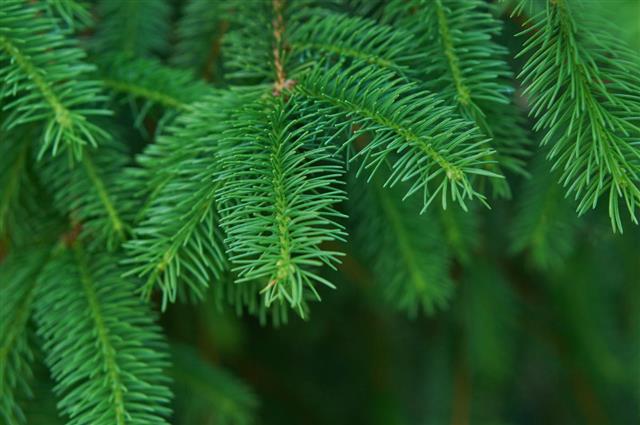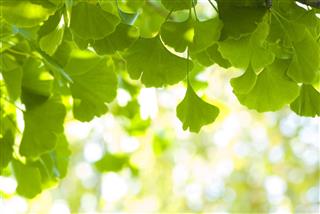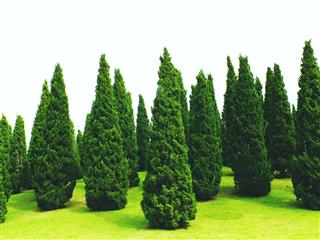
Angiosperms and gymnosperms are classifications of plants that have different characteristic properties. Their distinct features form the basis of their classification. Read on to know the details.
Angiosperms are commonly known as flowering plants that can be clearly distinguished from gymnosperms by certain “derived” characteristics. In botany, these characteristics are specifically termed as synapomorphies. Gymnosperms are known as the ancestors of flowering plants that were known to exist 140 million years ago. With the passing ages, flowering plants evolved with modifications in various organs, like flowers, leaves, stems, endosperm, etc., soon after which angiosperms and gymnosperms were classified and placed in different positions in the plant kingdom.
Similarities
The seed bearing plants are broadly divided into a single class known as Spermatophyta, which is further sub-divided into angiosperms and gymnosperms. The word gymnosperm is derived from Greek word gymnospermos, meaning “naked seed”. Both these are types of plants bear seeds. Although the differences between these two types are more distinct, the points mentioned below are some of the similarities between them.
- They are capable of producing pollen for fertilization, which is siphonogamous, i.e., through a pollen tube. Gymnosperms mostly depend on wind pollination, and some angiosperms are also dependent on the same agent.
- The sporophyte of both these varieties is differentiated into root, stem, and leaves.
- Apart from primary growth, their stem also undergoes expansion by secondary growth.
- Like angiosperms, gymnosperms also have vessels and companion cells. The vascular system is common for the both of them, consisting of conjoint and vascular bundles (open and collateral).
- The ovules of both angiosperms and gymnosperms develop into seeds. Their mode of seed germination is epigeal, hypogeal, or both.
- One distinct similarity is the reduced gametophytic phase of both plants.
- Polyembryony, a common feature of gymnosperms, is also prevalent in some angiosperms and a suspensor is formed during the embryo development phase.
Differences
The main difference between angiosperms and gymnosperms is the type of seeds. The seeds of the former are enclosed within a fruit, while the latter have naked seeds. Gymnosperm is classified into four divisions, namely:
- Coniferophyta
- Cycadophyta
- Ginkgophyta
- Gnetophyta
According to botanists, Angiosperms form a single coherent group known as Angiophyta. As already stated above, their classification is based on differences in various structures and the mode of fertilization, therefore they are a much more differentiated plant species. The differences between the two types are mentioned below.
- Angiosperms are of a much more varied type than gymnosperms. They can be trees, herbs, and shrubs, while gymnosperms are mostly woody trees.
- The typical structure of flowering plants consisting of ovary, style, and stigma is absent in gymnosperms, is an important aspect of angiosperms.
- Angiosperms have companion cells and xylem vessels in them, but these features are only present in Gnetales, a particular class of gymnosperms.
- Gymnosperms have unisexual flowers, while the other group bear flowers that are mostly bisexual.
- The endosperm formed in gymnosperms is a haploid tissue, while it’s triploid in angiosperms. This is because double fertilization and triple fusion are absent in the former category, as a result the endosperm is formed before fertilization; while in the latter, the endosperm is the product of a triple fusion.
- Occurrence of a free nuclear division is present in angiosperm, but is absent in the other type.
- Female gametophyte, known as archegonia, is clearly distinct in gymnosperms, whereas it is absent in angiosperms.
- In angiosperms, the pollen receptive structures are mostly ovules, so they do not have to depend on external agents for pollination; while gymnosperms rely on natural agents.
From a comparative study of angiosperms vs. gymnosperms, we have got a clear view of these two different varieties of plants. Here are a few examples based on their classification. The list of examples for angiosperms is indeed huge, as it includes all the flowering plants irrespective of them being monocotyledonous or dicotyledonous.
Examples of Gymnosperms
- Redwood
- Fir
- Cypress
- Juniper
- Yew
- Ephedra
- Ginkgo
- Spruce
- Welwitschia
- Conifers
- Cycads
- Ginkgophyta
- Gnetum
- Pine
Examples of Angiosperms
- Bluebells
- Cucumber
- Tomato
- Oranges
- Marigold
- Lemon
- Peapod
- Walnut
- Raspberry
- Strawberry
I hope this guide has provided you with all the information regarding these two different plant types. If you are interested in botany, I’m sure you have found the content interesting enough.
